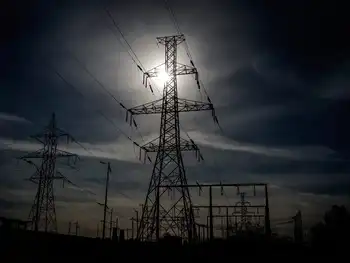Pentadyne wins flywheel transit rail project
The MTA oversees all of New York City’s world-renowned subways, commuter trains and buses. It is North America’s largest transit authority, providing 2.6 billion passenger trips each year — the equivalent of about one in every three users of mass transit in the United States and two-thirds of the nation's rail riders.
The pilot project has major financial support from the New York Power Authority, which selected Pentadyne as the supplier.
The project will involve an array of sustainable, environmentally responsible carbon-fiber flywheel systems that capture and store braking energy from slowing trains, then reuse that energy for acceleration.
The concept is similar to that used by hybrid cars, but the hazmat-free flywheel technology is far more rugged and energy efficient than hazardous chemical batteries used in hybrid cars.
The NYCMTA and NYPA thoroughly evaluated a variety of flywheels, chemical ultracapacitor systems and batteries for this new project. They selected Pentadyne to provide a new and improved high-duty-cycle flywheel system based on a demonstration system that exceeded expectations in extensive NYCMTA tests performed several years ago.
PentadyneÂ’s new and improved version of the original high-duty-cycle flywheel will capitalize on PentadyneÂ’s extensive commercial experience in the design and manufacture of highly reliable, safe and energy efficient flywheel technology.
Pentadyne President & CEO Mark McGough cited this new project as a milestone for the company: “This will be our first deployment in the rail market, and we couldn’t be more gratified that the nation’s largest MTA chose Pentadyne for this landmark project. We are confident that this will lead to many other projects with the MTA of New York City and with other electric rail facilities throughout the nation and abroad.”
Related News

Ontario Sets Electricity Rates at Off-Peak Price until February 7
TORONTO - The Ontario government has announced that electricity prices are to be set at the off-peak price of 8.2 cents per kilowatt-hour, 24 hours per day for 21 days starting January 18, 2022, until the end of day February 7, 2022, for all Regulated Price Plan customers. The off-peak rate will apply automatically to residential, small businesses and farms who pay Time-of-Use or Tiered prices set by the Ontario Energy Board.
This rate relief is intended to support small businesses, as well as workers and families spending more time at home while the province is in Modified Step Two of the Roadmap…




